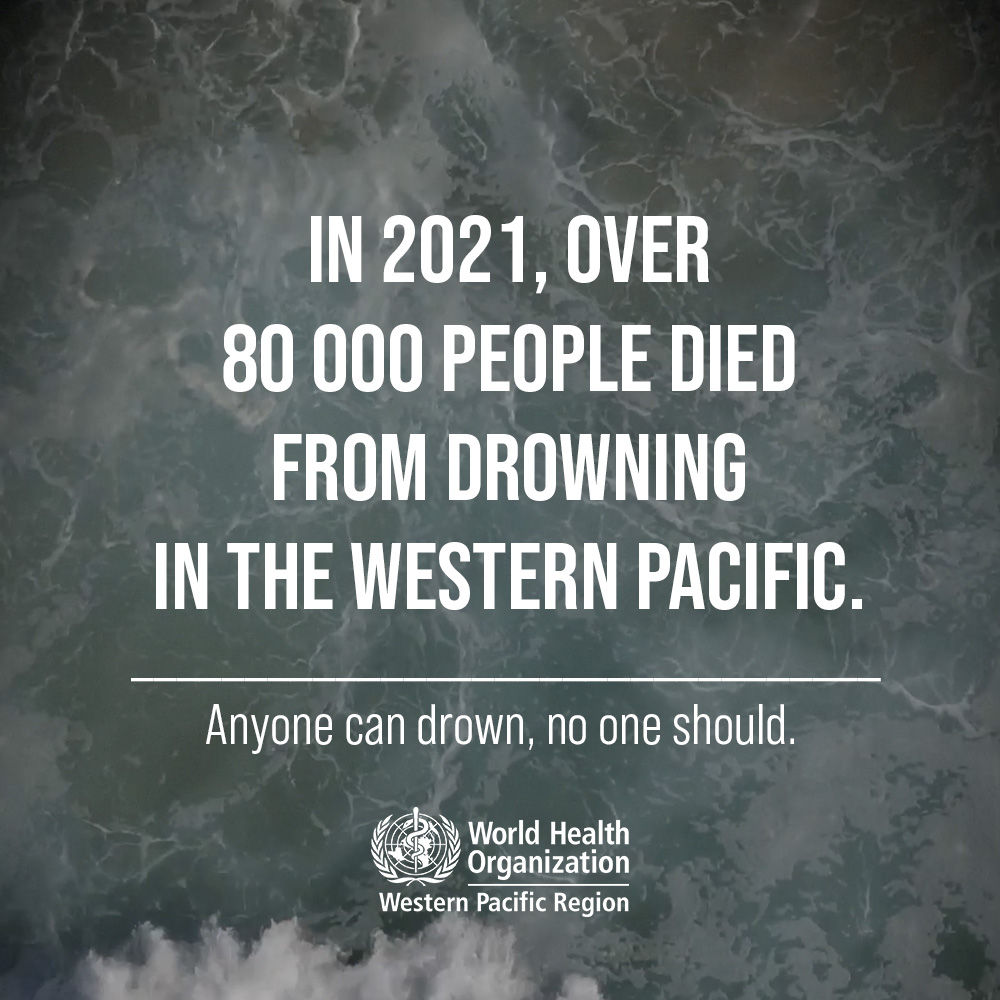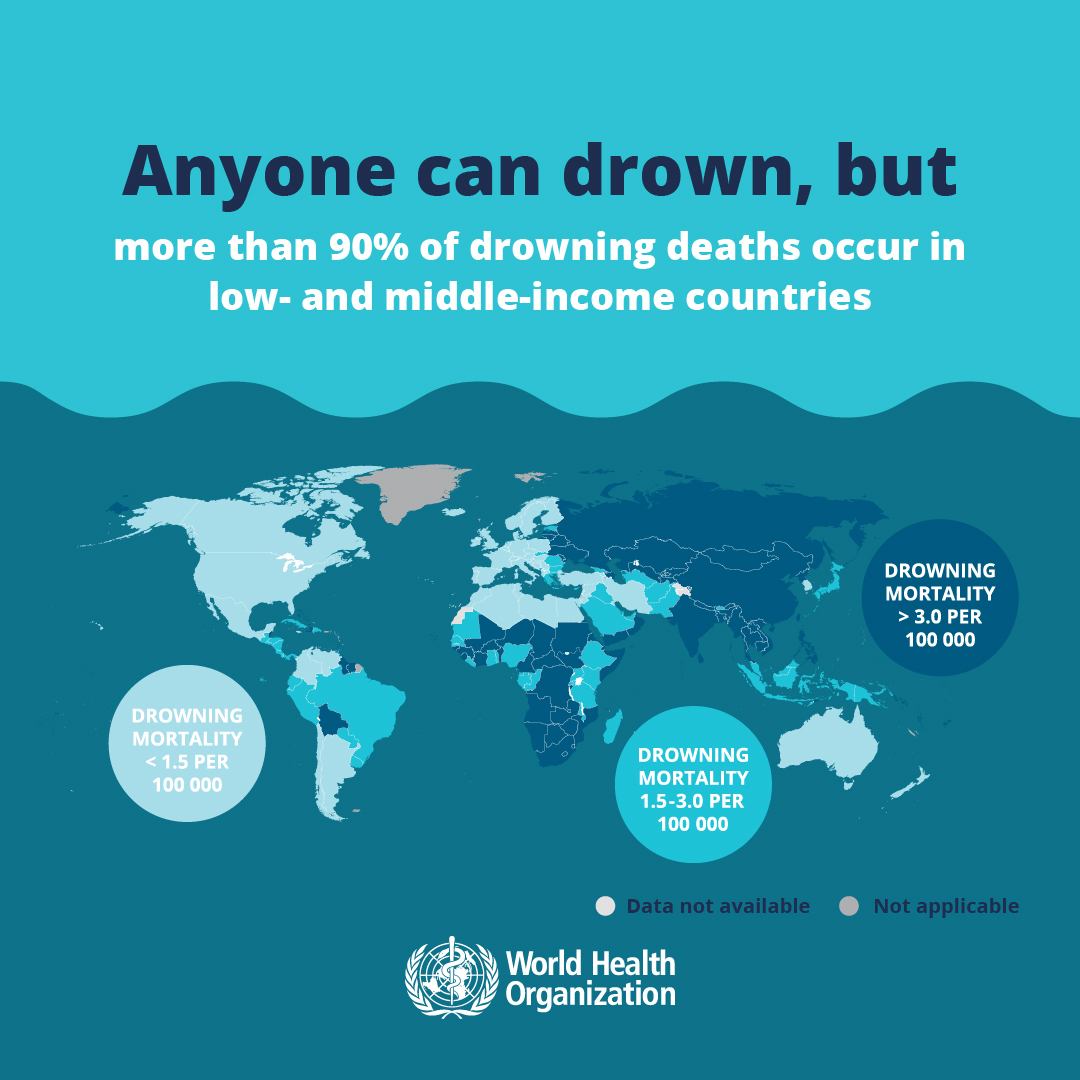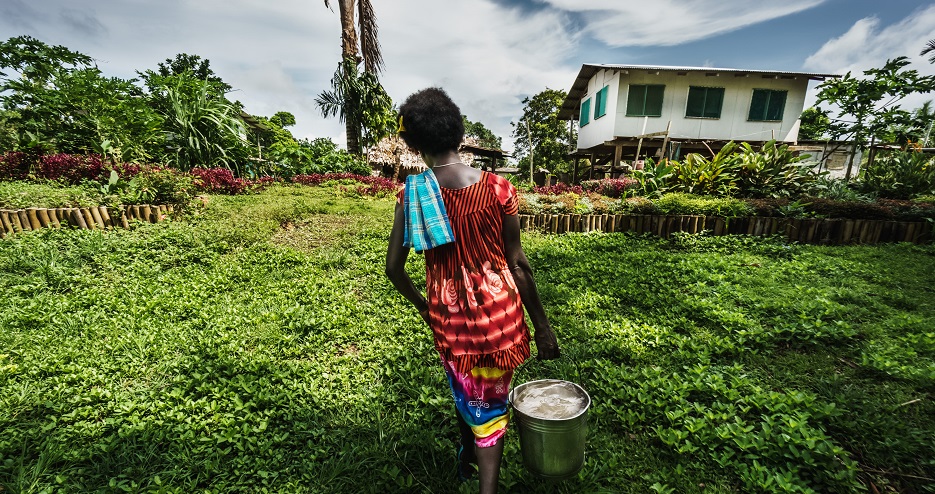
Drowning is sudden, abrupt and surprising, with people not realizing it’s happening until too late. Anyone can drown, but it can almost always be prevented.

In April 2021 the United Nations General Assembly adopted a historic resolution on global drowning prevention, recognizing the scale and impact of drowning globally, and calling for coordinated multisectoral action to prevent drowning – a leading cause of injury-related death and disability worldwide.
We can all act to end drowning. Wherever we are. There are many ways to act: raising awareness of the scale of the problem; recognizing and promoting knowledge and awareness that tested solutions exist to prevent drowning; working with local or national government to develop drowning prevention plans and policies; volunteering with a drowning prevention, lifesaving or search and rescue organization; knowing how to keep ourselves and our families safe in, around, or on the water.
Drowning in the Western Pacific has been reduced through implementing a range of measures. This includes six evidence-based, low-cost drowning prevention interventions that countries and organizations can use to drastically reduce the risk of drowning. These include:
- Provide safe places away from water for pre-school children, with capable childcare
- Install barriers controlling access to water
- Teach school-age children (aged over 6 years) swimming and water safety skills
- Build resilience and manage flood risks and other hazards
- Train bystanders in safe rescue and resuscitation
- Set and enforce safe boating, shipping and ferry regulations


Photo credit: WHO / Yoshi Shimizu
Related links:
• Regional Status Report on Drowning in the Western Pacific